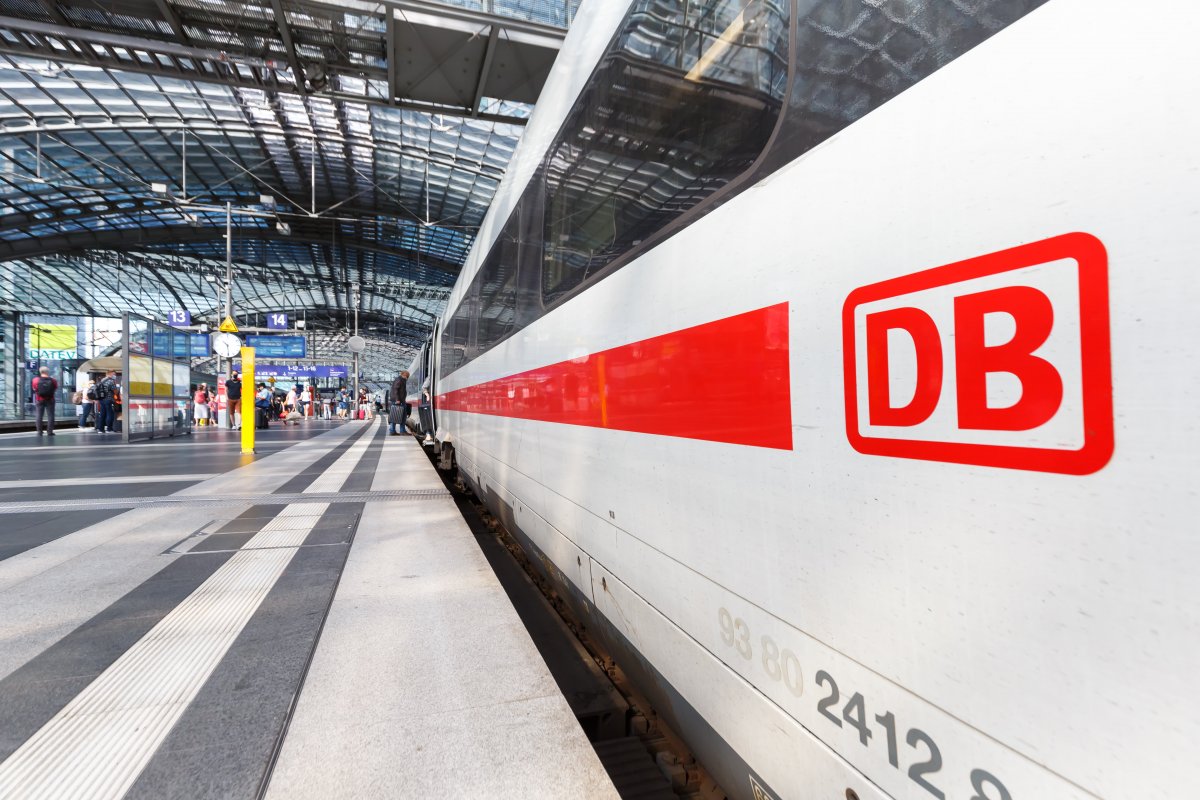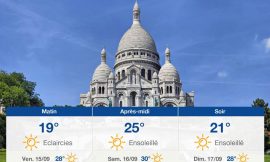Dead spots along railway lines have been a longstanding issue, but Deutsche Bahn and Deutsche Telekom have reported significant progress in improving coverage. Two years after their cooperation began, 97 percent of DB’s main traffic routes now have LTE coverage of up to 200 megabits/s. This progress is faster than originally planned, thanks to the addition of 300 new mobile phone masts and improvements to 700 locations by Telekom. Network operators are legally obligated to establish at least 100 megabits per second of coverage along railway lines and motorways, but expansion must be feasible according to the Federal Network Agency’s requirements. Branch lines of the railway are set to have 50 megabits per second of coverage.
The full rail network is set to be supplied with mobile communications by the end of 2026 through the partnership between DB and Telekom, requiring investments in the hundreds of millions. The first step has involved 7,800 kilometers of main traffic routes used by ICE and IC trains. Along 13,800 kilometers of routes with high passenger volume, the partners aim to finish coverage by the end of 2025. Routes with over 2,000 daily travelers are considered high volume, and already 90 percent of these routes have LTE coverage. Beyond the main traffic routes and high passenger number routes, DB and Telekom have agreed to LTE coverage for a further 12,000 kilometers of DB routes, with more than 95 percent of this goal already achieved.
Changes are also being made to vehicles on the railways to improve cell phone coverage, including the addition of cellphone-permeable windows to new long-distance trains like the ICE 3neo and ICE L. In the case of local trains, decisions will be made on site with transport authorities about retrofitting windows with radio-permeable panes. However, the 100 railway tunnels present a challenge, with additional antennas necessary for long and curved tunnels that may require route closures to install. Specifications for nature and monument protection also make the last few meters until full coverage more difficult to achieve.



